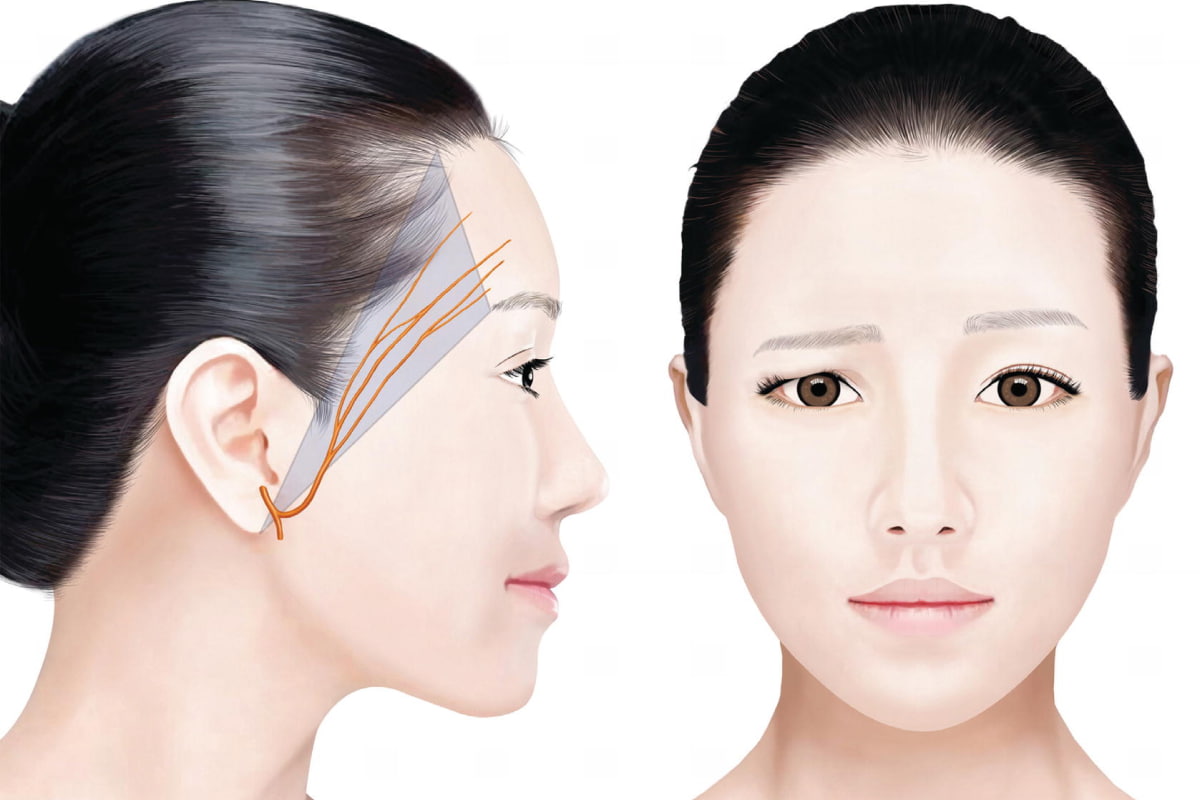
Myasthenia Gravis Congenital is a rare genetic disorder that affects the communication between nerves and muscles, leading to muscle weakness. This condition can be present at birth or develop in early childhood. Symptoms often include drooping eyelids, difficulty swallowing, and general muscle fatigue. Unlike the more common autoimmune form of myasthenia gravis, congenital myasthenia is caused by genetic mutations. Diagnosis typically involves genetic testing and electromyography. Treatment options may include medications like anticholinesterase agents and supportive therapies. Understanding this condition is crucial for managing symptoms and improving quality of life. Let's dive into 30 essential facts about myasthenia gravis congenital.
Key Takeaways:
- Myasthenia Gravis Congenital is a rare inherited disorder causing muscle weakness from birth. Early diagnosis and family support are crucial for managing symptoms and improving quality of life.
- Research on Myasthenia Gravis Congenital is ongoing, with scientists exploring gene therapy and new medications. Raising awareness and participating in clinical trials can contribute to better understanding and treatment options.
What is Myasthenia Gravis Congenital?
Myasthenia Gravis Congenital (MGC) is a rare, inherited neuromuscular disorder. It affects the communication between nerves and muscles, leading to muscle weakness. Understanding this condition can help those affected and their families manage it better.
-
Inherited Condition: MGC is passed down through families. Unlike the more common autoimmune form, it is present from birth.
-
Genetic Mutations: Specific gene mutations cause MGC. These mutations affect proteins involved in nerve-muscle communication.
-
Rare Disorder: MGC is extremely rare, affecting only a small number of people worldwide.
-
Muscle Weakness: The primary symptom is muscle weakness, which can vary in severity.
-
Early Onset: Symptoms often appear in infancy or early childhood, though they can sometimes be noticed later.
Symptoms of Myasthenia Gravis Congenital
Recognizing the symptoms of MGC is crucial for early diagnosis and treatment. Here are some common signs to look out for.
-
Drooping Eyelids: One of the first signs may be ptosis, or drooping eyelids.
-
Difficulty Swallowing: Some individuals may have trouble swallowing, a condition known as dysphagia.
-
Breathing Problems: Severe cases can affect breathing muscles, leading to respiratory issues.
-
Weak Cry: Infants with MGC might have a weak cry due to muscle weakness.
-
Poor Muscle Tone: Hypotonia, or poor muscle tone, is another common symptom in infants.
Diagnosis of Myasthenia Gravis Congenital
Diagnosing MGC involves several steps and tests. Early and accurate diagnosis can improve management and outcomes.
-
Genetic Testing: Identifying specific gene mutations through genetic testing is a key diagnostic tool.
-
Electromyography (EMG): EMG tests the electrical activity of muscles and can help diagnose MGC.
-
Muscle Biopsy: In some cases, a muscle biopsy may be performed to examine muscle tissue.
-
Family History: A detailed family history can provide clues, as MGC is inherited.
-
Clinical Examination: A thorough clinical examination by a neurologist is essential for diagnosis.
Treatment Options for Myasthenia Gravis Congenital
While there is no cure for MGC, various treatments can help manage symptoms and improve quality of life.
-
Medications: Drugs like acetylcholinesterase inhibitors can improve nerve-muscle communication.
-
Physical Therapy: Regular physical therapy can help maintain muscle strength and function.
-
Respiratory Support: In severe cases, respiratory support may be necessary.
-
Nutritional Support: Ensuring proper nutrition is important, especially if swallowing is difficult.
-
Surgery: In rare cases, surgery may be considered to improve muscle function.
Living with Myasthenia Gravis Congenital
Living with MGC requires ongoing management and support. Here are some tips for those affected and their families.
-
Regular Check-ups: Frequent medical check-ups are important to monitor the condition.
-
Support Groups: Joining support groups can provide emotional support and practical advice.
-
Education: Educating family members and caregivers about MGC is crucial for effective care.
-
Adaptive Equipment: Using adaptive equipment can help with daily activities.
-
Healthy Lifestyle: Maintaining a healthy lifestyle, including a balanced diet and regular exercise, can improve overall well-being.
Research and Future Directions
Research on MGC is ongoing, with scientists working to better understand the condition and develop new treatments.
-
Gene Therapy: Researchers are exploring gene therapy as a potential treatment for MGC.
-
New Medications: Development of new medications that target specific genetic mutations is underway.
-
Clinical Trials: Participating in clinical trials can provide access to new treatments and contribute to research.
-
Patient Registries: Patient registries help researchers collect data and improve understanding of MGC.
-
Awareness Campaigns: Raising awareness about MGC can lead to earlier diagnosis and better support for those affected.
Final Thoughts on Myasthenia Gravis Congenital
Myasthenia Gravis Congenital (MGC) is a rare, complex disorder affecting muscle strength. Understanding its symptoms, causes, and treatments can make a big difference for those living with it. Early diagnosis and proper medical care are crucial for managing the condition effectively.
Awareness and education about MGC can help reduce stigma and improve the quality of life for patients. Support groups and resources are available for families and individuals dealing with MGC, offering valuable information and emotional support.
Staying informed and proactive in seeking medical advice can lead to better outcomes. Remember, while MGC presents challenges, advancements in medical research continue to offer hope. By staying connected with healthcare professionals and support networks, individuals with MGC can navigate their journey with greater confidence and resilience.
Frequently Asked Questions
Was this page helpful?
Our commitment to delivering trustworthy and engaging content is at the heart of what we do. Each fact on our site is contributed by real users like you, bringing a wealth of diverse insights and information. To ensure the highest standards of accuracy and reliability, our dedicated editors meticulously review each submission. This process guarantees that the facts we share are not only fascinating but also credible. Trust in our commitment to quality and authenticity as you explore and learn with us.
